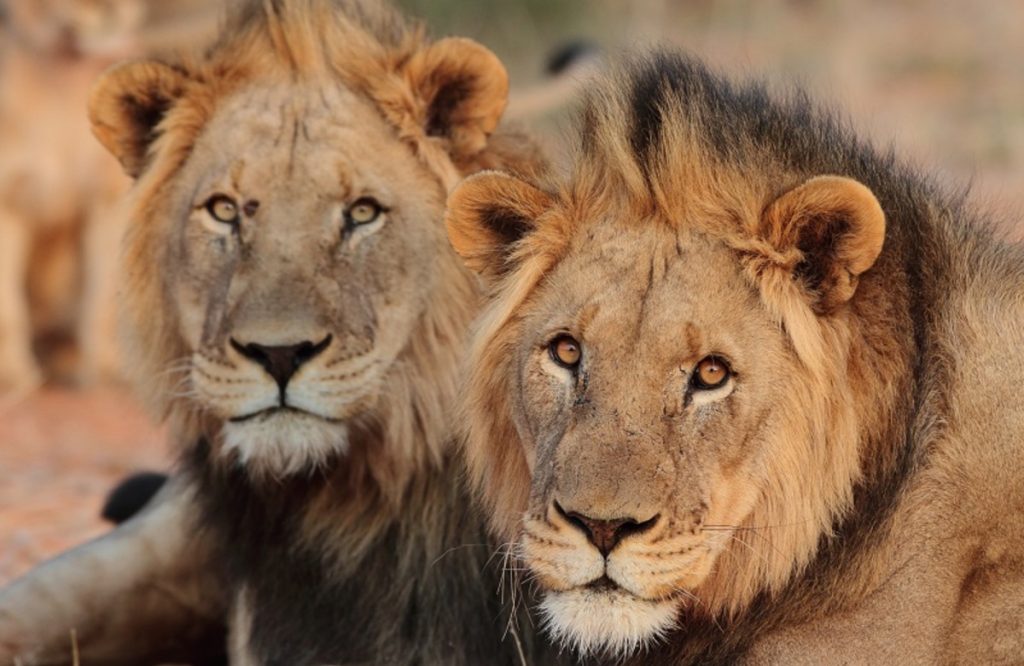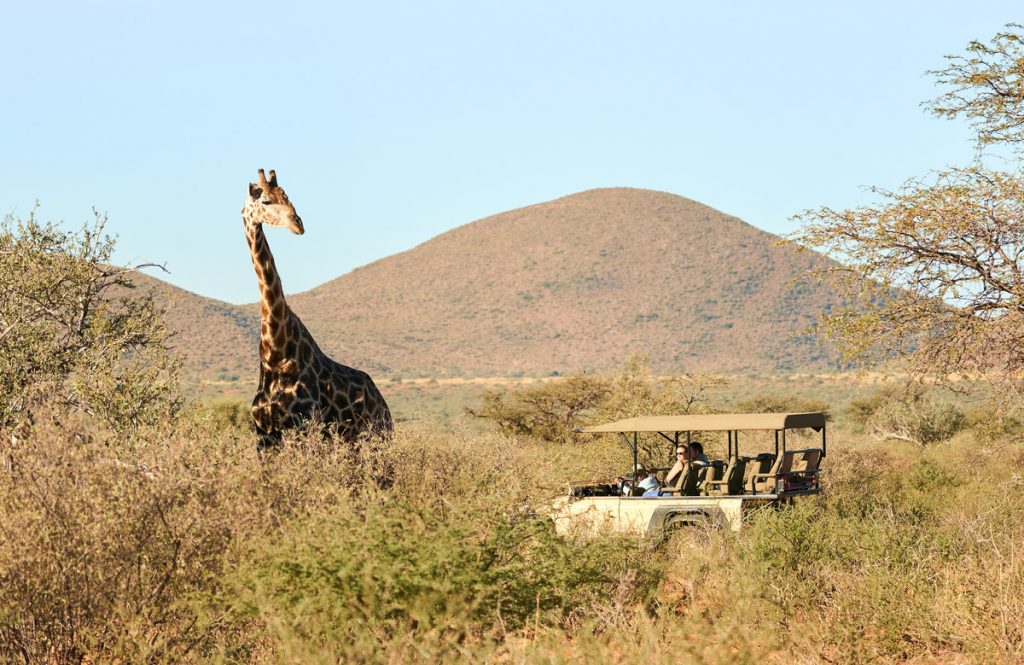Infinity pools that double as watering holes for elephant and zebra. Wine cellars seemingly as vast as the savanna. Over-the-top spas that offer a view of baobabs alongside a curated menu of cutting-edge wellness treatments. Luxury sustainable safaris in South Africa have redefined the safari experience, blending opulence with conservation-driven travel. Certain high-end amenities in Africa’s rarefied safari camps have become so commonplace, they’re practically part of the landscape itself.
Many travelers expect the good life in the bushveld. (Early morning game drives are a lot more fun with heated seats and Amarula-spiked coffee, okay?) And that’s unlikely to change. According to safari expert Go2Africa’s annual report, the average amount of money consumers are willing to spend on safari has risen by 25 percent, a surge from previous years.
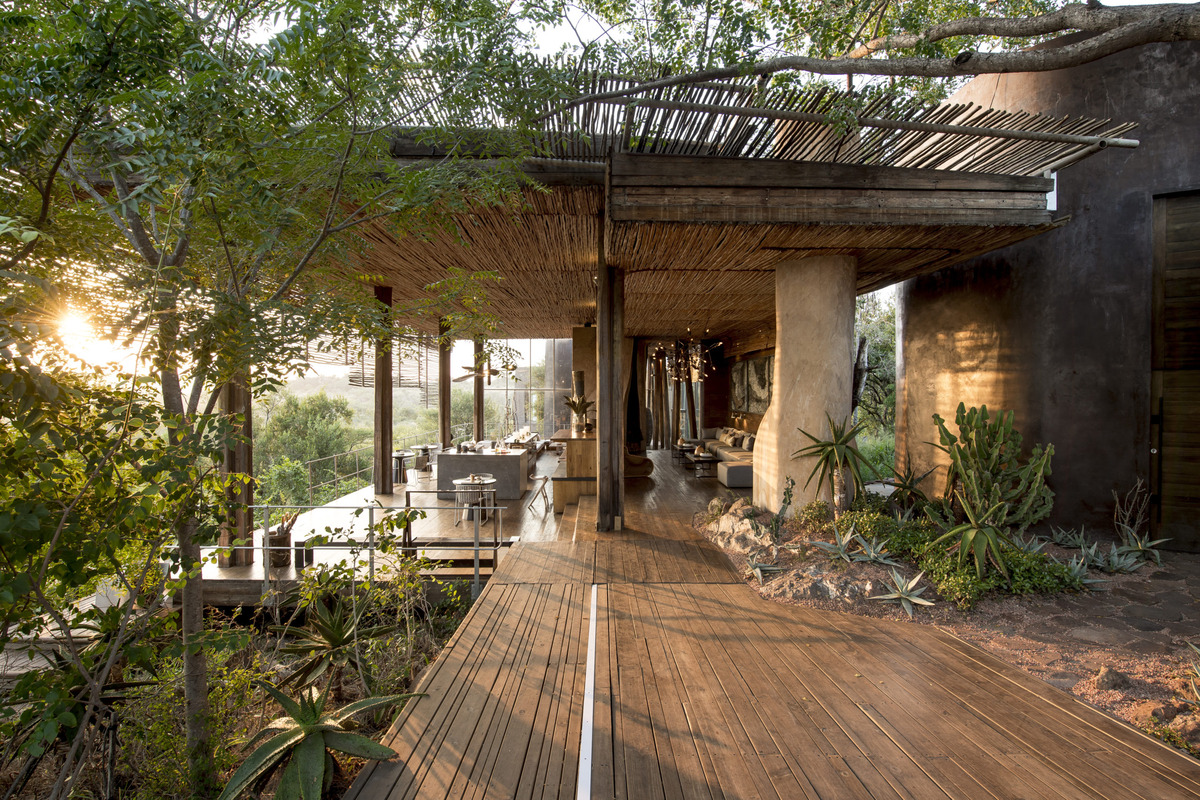
Still, the most exciting lodges these days are about so much more than opulent accommodations. Increasingly, guests are also looking for environmentally and socially ethical experiences, an industry-wide development that’s been amplified by the post-pandemic vacation boom, says The Economist. In Africa specifically, interest in sustainable safaris grew by 1,000 percent over the last four years.
Now, lodges are rising to the challenge with authentic farm-to-table meals, contemporary low-touch architecture, and meaningful, hands-on activities that directly connect guests with nature, from tracking lions on foot to tagging a rhino from a helicopter. Nowhere is this movement clearer than in South Africa, which boasts some of the top conservation-focused, immersive and elite properties on the continent.
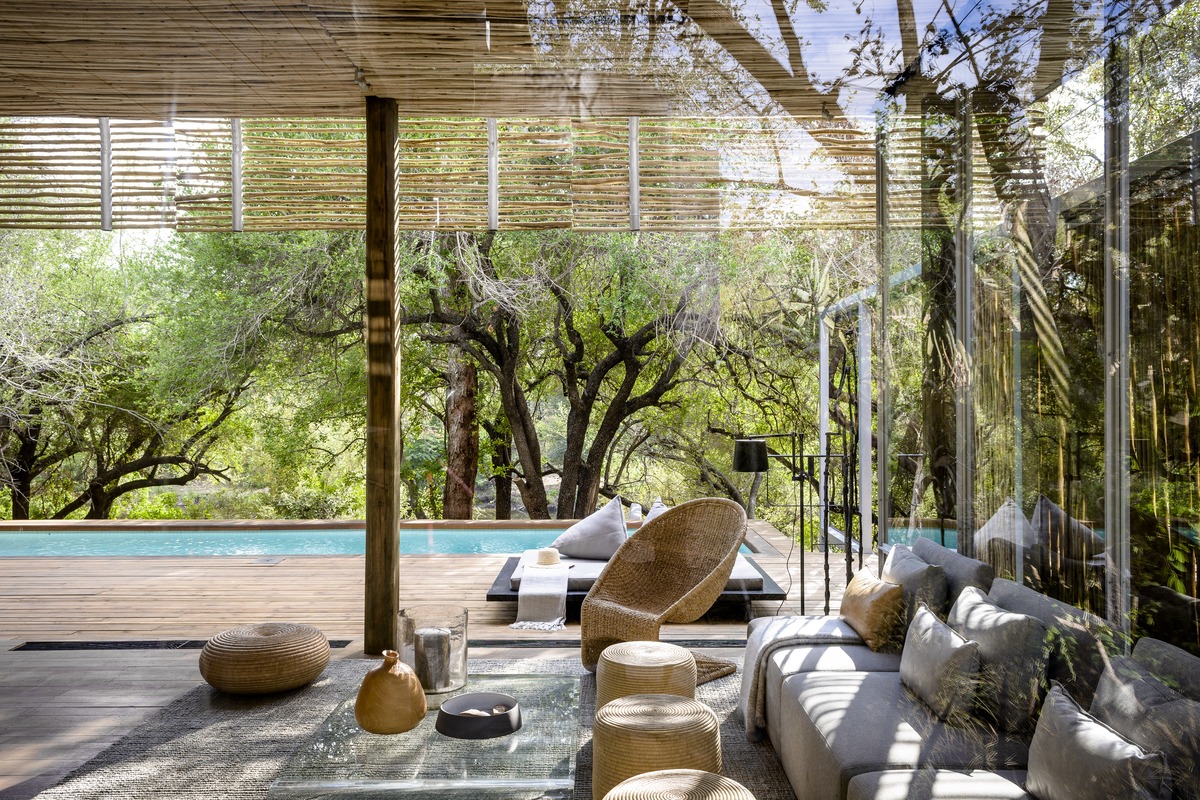
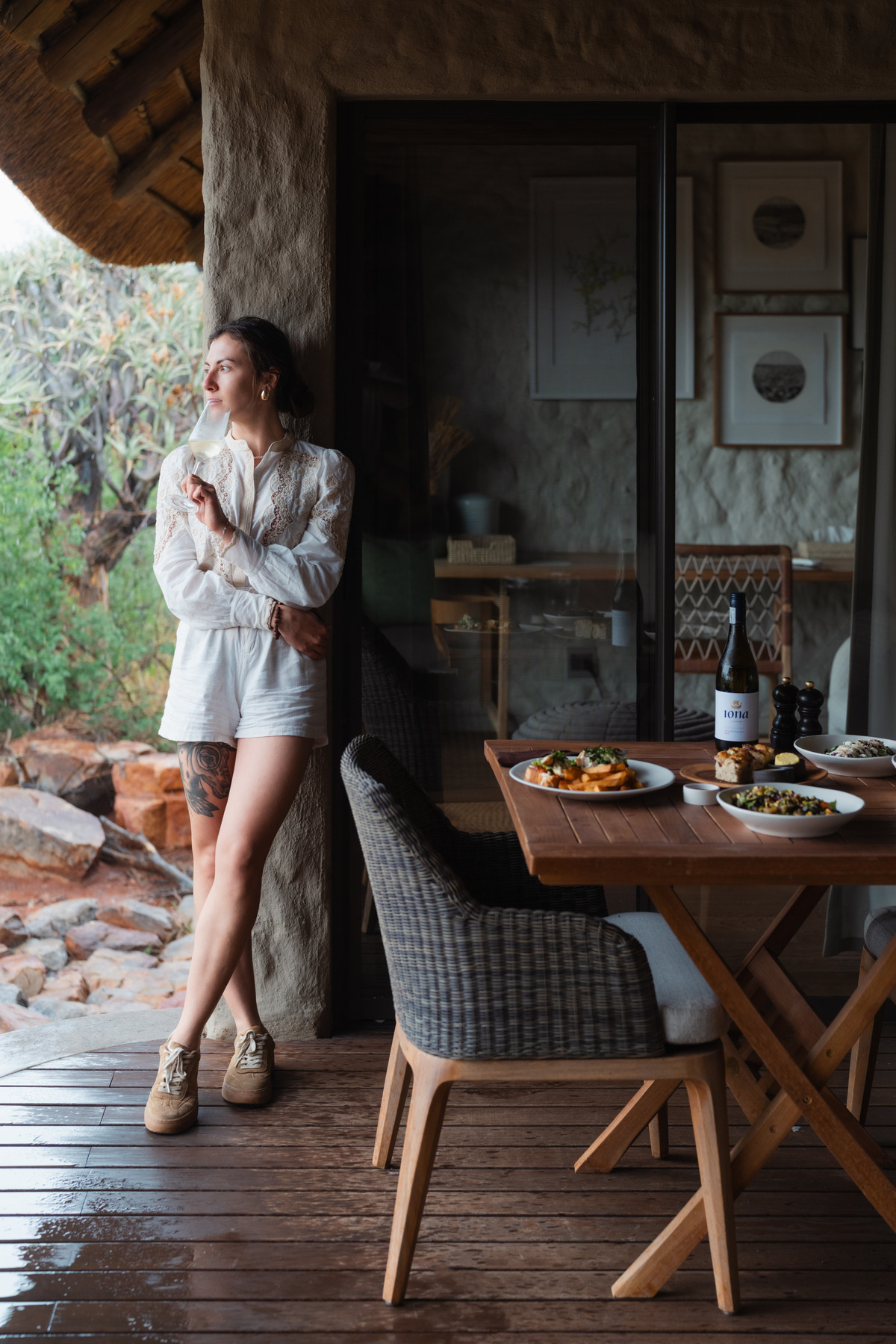
One of the country’s most ambitious private nature reserves also happens to be its largest. Encompassing 282,000 acres, Tswalu lies on the edge of the southern Kalahari, a biodiverse and fragile ecosystem known for erratic rainfall and extreme temperatures. Set on more than 50 prior farms, the wilderness area was acquired in 1999 by the Oppenheimer family (formerly of De Beers) who have diligently managed the overgrazed and ecologically degraded land and repopulated it with indigenous plants and animals.
An ongoing project, the work at Tswalu is paying off. Elusive species that have haunted avid safari-goers’ wish lists for decades, such as pangolin and aardvark, can be found in relative abundance, while endangered desert black rhino and white rhino populations have quadrupled since they were reintroduced 15 years ago. A safari among the Kalahari’s sea of rust red sand, dotted with hardy acacia, is truly like no other.
Guests choose their own adventure, thanks to the most invaluable of luxuries, freedom and privacy. All bookings include a guaranteed exclusive vehicle, guide and tracker, while a maximum of 40 guests across the reserve’s three camps comfortably ranks as the lowest ratio of beds to space in South Africa. Should you have a hard time picking where to stay, opt for the new Loapi. There, each of the six modular, eco-friendly suites functions as a standalone home with a dedicated house manager and chef.
While many safaris tend to fall into the daily rhythm of game drives, Tswalu provides ample opportunity to deviate from the expected. Indulge in a multi-course dinner of foraged, local ingredients like gemsbok cucumbers and Makataan watermelons at Restaurant Klein JAN, led by South African-born, Michelin-star chef Jan Hendrik van der Westhuizen, or participate in a private rhino ear-notching, which directly contributes to the conservation of the critically at-risk species. Many guests shadow one of the researchers working with the Tswalu Foundation to learn first-hand about other animals like cheetah and wild dog from experts at the forefront of environmental research.
“There’s great value in meeting our team in the field,” says Dylan Smith, head of the Tswalu Foundation’s Dedeben Research Centre. “I’ve always believed that people shouldn’t just [go on safari] to have a wonderful time and see some cool animals. You want people to leave the reserve with more of an understanding of the challenges facing the planet and that you can make a difference for the better.”
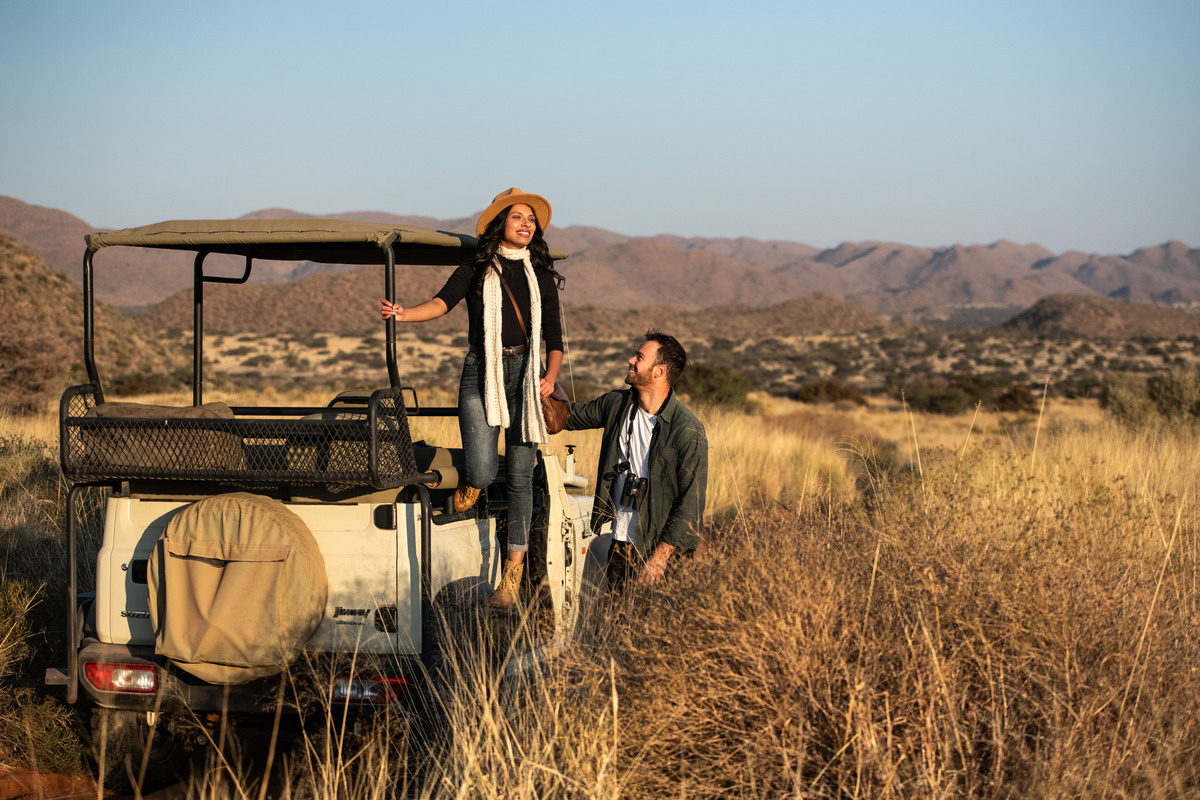
For a more traditional safari filled with ambling herds of elephant, head across the country to the remote southeastern section of Kruger National Park. There, you’ll find the first South African brand to merge high-value, low-impact tourism with conservation: Singita. After opening its first property, Singita Ebony Lodge, in Sabi Sand Nature Reserve, the visionary company earned a concession in Kruger all to itself in 2001, in part due to a famously steadfast commitment to environmentally conscious hospitality.
The mountainous 33,000 acres, which run along the Mozambique border, are said to have some of the highest concentrations of the Big 5 (lion, leopard, rhino, elephant and buffalo) in the entire park. They are also among the most naturally stunning, with dramatic rock formations and heart-stirring views from the Poort, a towering vantage point and popular sundowner spot that overlooks a section of the N’wanetsi River where it splits a gorge. Nearby, the sustainable, loft-style suites at Singita Lebombo, one of the concession’s two lodges, sit perched above the riverbank on a cliff face, a testament to the brand’s ethos of “touching the earth lightly.” Along with its sister property Singita Sweni, Lebombo received the inaugural Flor de Caña Eco Hotel Award for outstanding efforts towards sustainability from The World’s 50 Best Hotels in 2023.
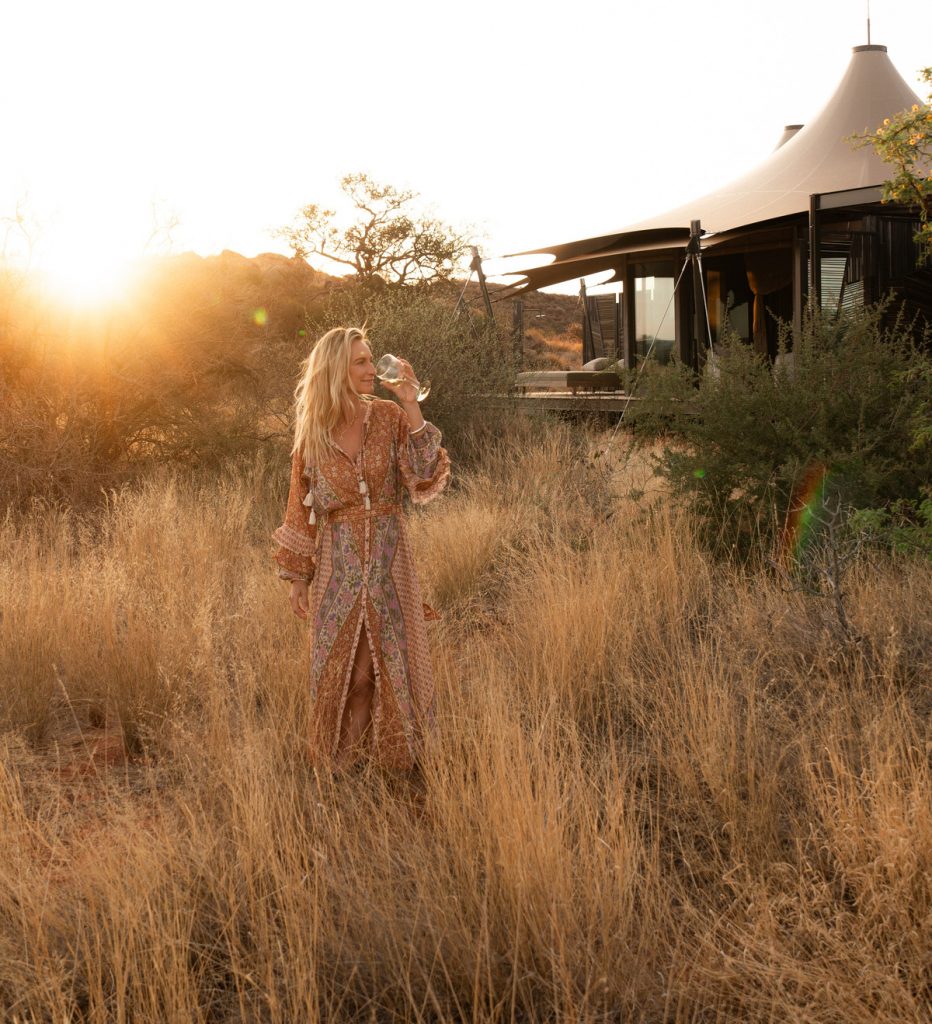
Singita Kruger’s pristine grasslands and forests beg exploration—and for the adventurous—safari walks. Escorted by Africa’s most accomplished trackers and guides, guests can trail white rhino and the formidable Shishangaan pride, currently thriving at 17 lions. Following these incredible animals on foot isn’t just a thrill or a chance for bragging rights; it’s a cherished opportunity to discover the indigenous art of tracking, an ancient skill passed from generation to generation.
None of this would exist without the dedication of Singita’s South African non-profit partner, the Singita Lowveld Trust, which safeguards the reserves and builds partnerships with neighboring communities to ensure that they share in the benefits of tourism and conservation. While staying at Singita Lebombo or Sweni, guests may take a cooking lesson at the Singita Community Culinary School, which trains local students and helps place them in a professional kitchen.
“You really can travel with purpose,” says Inge Kotze, Singita’s general manager of conservation. “With collaboration and support, this type of ecotourism model ensures that these areas continue to be protected, and that other areas can be restored. It’s a fabulous way to give back through travel.”


